Why We Love Looking at Paintings of Food
For centuries, artists have painted fruit and cakes as a flex.
This article is adapted from the September 14, 2024, edition of Gastro Obscura’s Favorite Things newsletter. You can sign up here.
What do you do when there’s a room in your house that’s too ugly for words?
I like my apartment. However, a past landlord must have blindfolded themselves before setting out to renovate the bathroom and kitchen, both of which have uneven shelves, sloppy paint jobs, hard-to-reach light switches, and sad vinyl flooring.
To distract myself from all these faults, I’ve had to get creative with decor. I started with the bathroom, covering nearly every inch of the walls with a silly assortment of gilt-edged prints of Renaissance angels, Lisa Frank tigers, and a print of Edvard Munch’s The Scream that faces anyone coming out of the shower.
I’ve since moved on to my kitchen, where I’ve decided to cover the walls with art that relates to food: people cooking or eating, or simply food by itself. It’s been a fascinating quest to find beautiful and interesting art for this project. Some museum websites have a dedicated page for food-related works in their collections. Others require a dig through webpages for images from long-ago exhibitions.
So this week, I’m taking you along with me to explore one of my current favorite things: artists immortalizing food and the act of eating through art.
Still Lifes

In the early Renaissance, European artists began painting non-religious works for their clients. One innovation was the still life, which could depict flowers, books, or household objects, and often displayed food.
Foods made a particularly good subject because they were loaded with symbolism. Ephemeral fruits and slain game might imply the fragility of youth or life itself, and lavish spreads could denote wealth and sophistication. They also were a way for artists to flex their observational skills and their deftness at painting tiny details. Beyond any hidden meanings or artistic flourishes, they’re also just fun to look at.
For my kitchen, I plan on framing a print by Raphaelle Peale, the first professional still-life painter in the United States. In the early 19th century, he painted fruit, nuts, and cheese against moody dark backgrounds. I especially like Peale’s two paintings that are both titled Still Life With Cake, finished in 1818 and 1822. In both pictures, the small, fruit-filled cake sports a cheerful, almost modern-looking dusting of colorful sugar.
Dining Decor

People have often used food art or scenes of dining to decorate their dining rooms. One of the most famous examples is The Last Supper, completed by Leonardo da Vinci in 1498. It’s not a painting on canvas, actually—the piece is a mural, commissioned by the duke of Milan, Ludovico Sforza, for the Convent of Santa Maria delle Grazie.
Originally the room was meant to become a family mausoleum, but it was never used that way, and instead became a refectory. Though the work was not originally intended to decorate a dining room, images of the Last Supper were extremely common in religious refectories at the time. It must have felt meaningful to monks and nuns to dine alongside depictions of Jesus and the apostles.
Centuries later, the Spanish painter Francisco Goya painted Saturn Devouring His Son, a gruesome depiction of a crazed giant gnawing on the arm of a headless corpse, directly on the wall of his dining room. It’s one of Goya’s 14 “Black Paintings” made between the years of 1819 and 1823, which reflected Goya’s anguish over the chaos of the world and his own deteriorating health.
The figure depicted in the painting may not actually be a reference to the Titan of Greek myth, who consumed his children after they were born. But no matter the meaning Goya meant to convey, Saturn Devouring His Son would be quite a wild thing to look at over breakfast.
For my own kitchen, The Merchant’s Wife at Tea is a much more soothing choice. It’s a work by Boris Mikhaylovich Kustodiev, a Russian painter who also suffered from health issues. A spinal tumor and the operations to remove it paralyzed his legs in 1916, but he still energetically painted, designed theater sets, and illustrated books in his sophisticated yet folksy style.
The Merchant’s Wife at Tea shows a prosperous-looking woman and a playful cat, with a lush still-life of fruit, tea, and cake before them. It’s an idyllic, peaceful fantasy, and an example of the escapist feeling that runs through many of Kustodiev’s works.
Pies, Pies, Pies

When it comes to modern food art, talking about Wayne Thiebaud is a must. A California-based artist who died in 2021, Thiebaud painted cakes, pies, and ice cream with a nostalgic flair that still fascinates viewers today.
The Crocker Art Museum in Sacramento holds several of Thiebaud’s paintings and many of his drawings. Scott A. Shields, the museum’s chief curator and the author of Wayne Thiebaud 100: Paintings, Prints, and Drawings, remembers Thiebaud fondly. “He was a very smart and very funny guy, so he was a pleasure to know. I don’t know of one single person in the entire world that has anything negative to say about Wayne Thiebaud,” Shields says.
Thiebaud’s food paintings in the early 1960s catapulted him into fame. He also painted landscapes, portraits, and in his later years, clowns, but Thiebaud didn’t resent the idea of his cheerful food paintings defining so much of his legacy. Though, Shields says, he was apprehensive about the implications at first. “I don’t think he ever was like, Oh, God, I wish I hadn’t painted so much pie,” Shields says. “Although he said when he painted some of those very first still lifes of these common desserts that he thought, Well, this is going to be the end of any serious painter. And that turned out not to be the case.”
Many of Thiebaud’s food paintings, including my favorite, Pies, Pies, Pies, have a dreamlike, nostalgic quality. “Most of his still lifes, he painted from memory because he felt like he could, and it distanced them a little bit from reality,” explains Shields. “He said, ‘I didn’t really set out to paint pie. I set out to paint a triangle on a circle, and suddenly I had a piece of pie on a plate.’ So he was really experimenting with how to make basic shapes work together.”
At the moment, a print of Pies, Pies, Pies hangs next to my fridge, where it cheers me up every time I see it. After all, food art has always charmed people. Shields has a simple answer as to why. “One thing we can all agree on is we all know and like food,” he says.
Gastro Obscura covers the world’s most wondrous food and drink.
Sign up for our regular newsletter.







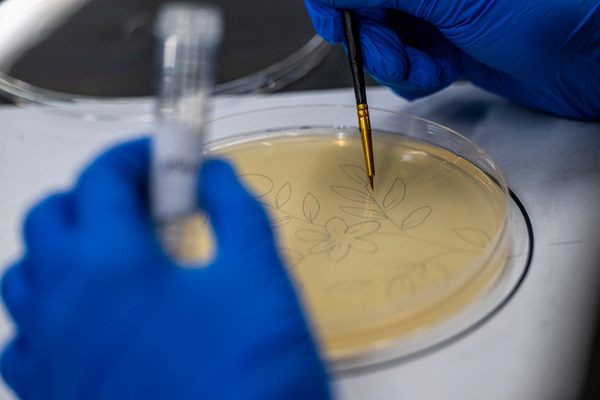



















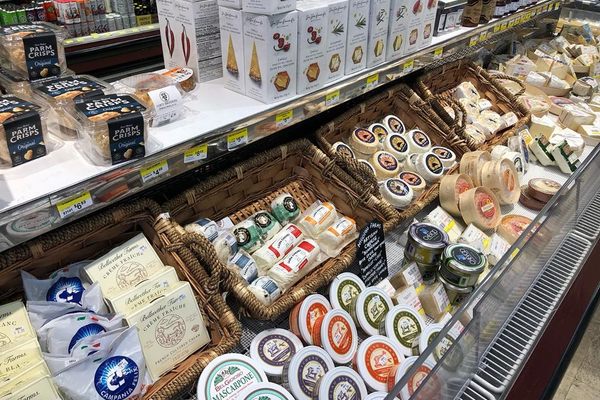
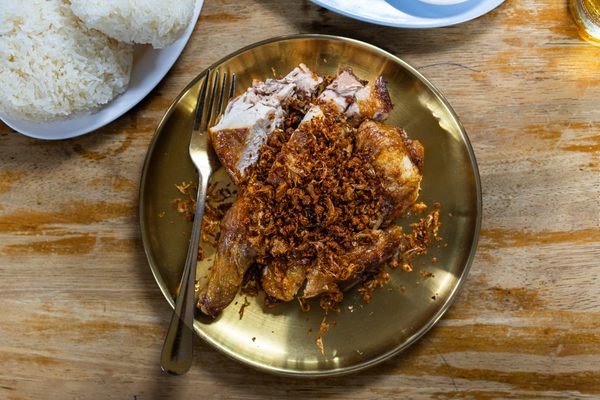
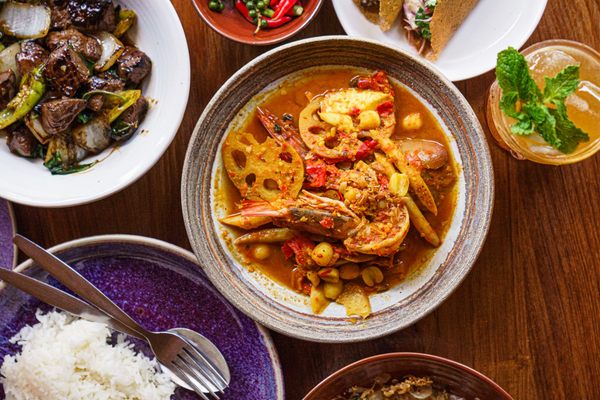
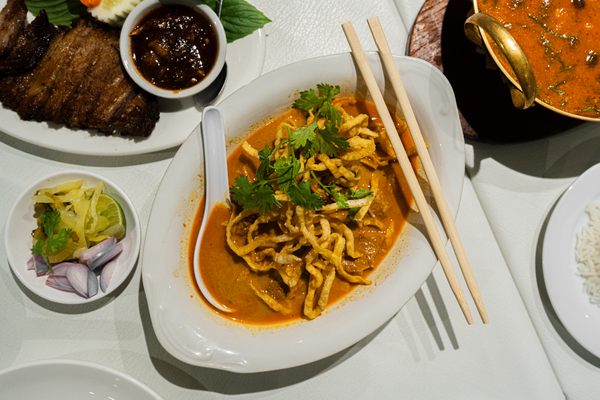


Follow us on Twitter to get the latest on the world's hidden wonders.
Like us on Facebook to get the latest on the world's hidden wonders.
Follow us on Twitter Like us on Facebook